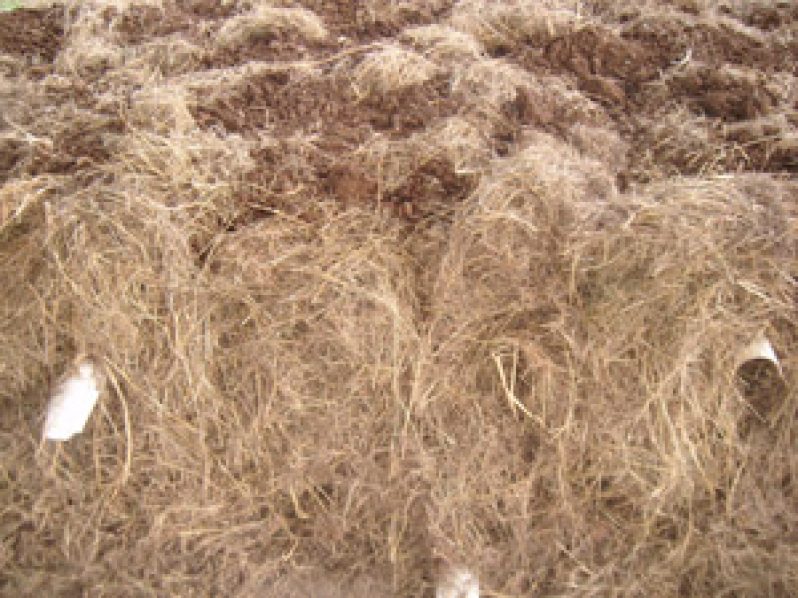The article carried hereunder is the fourth in a series on backyard composting, or turning kitchen or backyard waste into useful manure. These articles are based on a presentation made by Ms. Rhonda Sherman, an Extension Specialist in the Department of Biological and Agricultural Engineering at North Carolina State University, USA.
Continued from last week: How long does it take to compost?
How long does it take to compost?
IT takes one year to compost if you leave the pile alone; a few months if you aerate the pile weekly, or several weeks if you turn the pile every two or three days.
The pile will shrink by anything from 20 to 70 percent, depending on the organic materials it contains.
Do I need a bin?
You do not need a bin to compost. Some choose a bin to keep the pile neat, help retain heat and moisture, or because they live in a neighbourhood where a bin would be more appropriate than an open pile.
Many people choose to make their own compost bin using concrete blocks, wooden pallets, wire mesh or garbage cans.
How much moisture does the pile need?
The decomposition process will slow down if there is too little or too much moisture. Between 50 and 60 percent moisture is needed in the pile. At this moisture level, the pile should feel like a wrung out sponge. If the compost pile is too moist, it will stagnate and produce unpleasant odours. If that happens, add dry leaves, paper or sawdust to absorb the excess moisture. Most often, compost piles are too dry, and this slows down the composting process.
How much air is needed? The compost pile needs ventilation throughout. Anaerobic (no air) piles smell bad; compost slowly; and produce dense, wet, smelly compost. Aerobic piles, with oxygen throughout, will produce little or no odour. To aerate the pile, turn the organic materials with a digging fork or shovel. If you are unable to turn the compost pile, poke it with a broom handle to help air flow into the pile. You can also layer small branches to allow air flow.
The compost pile needs ventilation throughout. Anaerobic (no air) piles smell bad; compost slowly; and produce dense, wet, smelly compost. Aerobic piles, with oxygen throughout, will produce little or no odour. To aerate the pile, turn the organic materials with a digging fork or shovel. If you are unable to turn the compost pile, poke it with a broom handle to help air flow into the pile. You can also layer small branches to allow air flow.
How hot should the pile get?
Heat will be given off as micro-organisms feed on waste. Temperatures need to reach over 130 degrees Fahrenheit in the pile to kill pathogens that are harmful to humans and pets, and over 140 degrees Fahrenheit to destroy weed seeds. If the temperature in the pile climbs to over 150 degrees Fahrenheit, it can kill decomposers and slow the composting process.
Managing your compost pile
Mix and turn your pile every two or three days, moving the material from the outside to the centre. Within two to six days, the pile should reach temperatures above 130 degrees Fahrenheit. After a few weeks, the pile will cool down.
At that point, turn the pile every few days, and add water if needed. When heating ceases, cover the pile with a weed barrier, and let it cure for six to twelve weeks.
During that time, moist the compost to keep it slightly damp, and poke it occasionally to let air in. As the compost cures, nitrogen will increase, particles will shrink, organic acids will dissipate and pH will stabilize and move closer to neutral.
** Next Week: (Final article) Troubleshooting compost problems/Using compost




.jpg)










